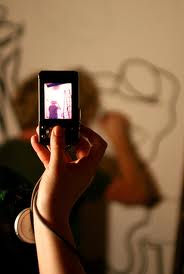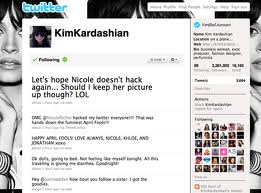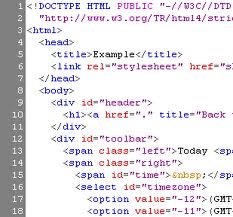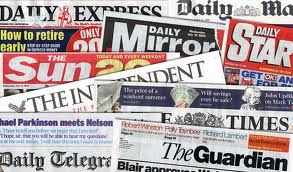“American journalism needs a spine transplant. We need guts and courage to come back into journalism,” announced Dan Rather to the C-Span viewers on February 24, 2010. Throughout the interview, Rather emphasized the point that journalism is different than it used to be, no longer do we have the checks and balance system that the media used to utilize on politicians and companies. Investigative journalism seems to be scarce nowadays, and Rather says that in order for journalism to really be journalism, we need to have the passion and courage to dig deep and uncover the truth.
The Watergate scandal is still considered as the most famous investigative journalism example.
Dan Rather, who is an American journalist and former CBS News anchor, joined students participating from George Mason University Video Studio along with Steve Scully, the political editor for the C-SPAN networks, and students from Georgetown, Purdue and University of Denver. Also joining the conversation was Tucker Carlson, who is the co-founder and editor-in-chief of The Daily Caller.
Carlson also agreed with Rather, journalists nowadays are “unwilling to take on powerful figures and authorities.”
Rather also discussed how technology and onilne journalism has shaped media today. “Obama is our first Internet President.” 1963 Was the Age of Television but as soon as 2001 hit, the Internet Age began and has been in full force ever since.
Some key points by Carlson and Rather about onilne journalism today:
- Carlson said that the Internet is young, and for a smooth transition to online press, there needs to be more money. The media today is better and is worse than it was last century.
- Dan Rather made the point that right now the public is somewhat confused as to where they should get their news. I completely agree because we have this flood of information from all sorts of platforms, and social media’s job is to figure out what is the best way to present it to us.
- Rather talked about how social media has been one of the greatest tools against great power, for example a student brought up the crisis that happened a couple of weeks ago in Egpyt, and how Twitter and Facebook played such a huge role. (A sidenote, an Egyptian man was so grateful for Facebook during the crisis that he named he named his newborn daughter Facebook, check out the article here.)
One of the most fascinating parts of the interview was when Rather recounted his reporting on historical events such as the Vietnam War, the 1968 Presidential election (where Rather was punched in the stomach at a Democratic Convention) and the JFK assassination.
Rather during his report on the 1963 JFK assasination
The JFK assasination was “a hammer to the heart, these things don’t happen in America,” recounted Rather. This was a perfect example of when Rather had to ignore his emotions completely when reporting the news to the nation. The most moving part of the interview for me was when they replayed Rather’s report of the assassination, as we seemed to be transported to that very moment Rather had to announce that the President was dead. Another amazing point of the report was that Rather adlibed everything, after seeing the video footage just once, while he was describing the sequence of the assassination.
When asked about the lack of coverage on the Afghanistan war, Rather explained how the focus was moved from Afghanistan to Iraq by the government: a perfect example of “herd journalism,” and how more reporters should have a backbone.
What makes a good reporter? A golden question asked by Steve Scully at the beginning of the interview. Rather’s answer? Curiosity, determination and of course, the ability to write.
*One of my favorite quotes from the C-SPAN interview was when Rather was describing how they reported 9/11: “Get zoned, lets get the facts, as many as we can. Lets get as close to the truth as we can, that’s how journalists roll.
The distance learning course, which is produced by C-SPAN, is a unique opportunity for students to interview guests via video conference The course airs on C-SPAN3 on Fridays at 5 pm and also streams online at: http://www.c-span.org/Distance_Learning/.
*Dan Rather is now anchor and managing editor of a television news magazine, Dan Rather Reports, that is on the cable channel HDNet. You can also check Rather out on Twitter here! See, even after decades in the journalism business, he keeps up with it by using the latest social media. Take note aspiring journalists…




















